4/2008
Velaro CN - The 2008 Olympics Speed Champion
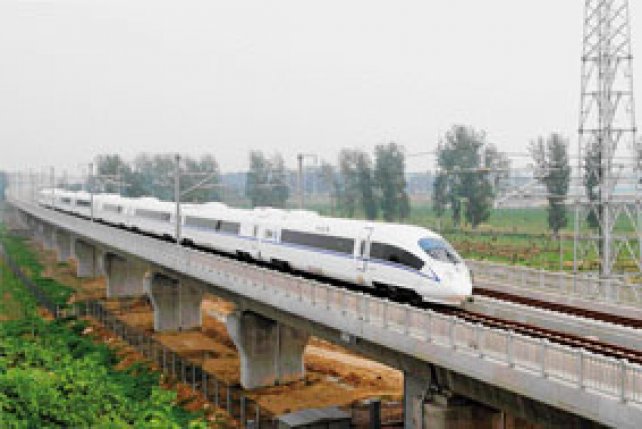
On 10 November 2005 the Chinese Ministry of Railways (MoR) awarded Siemens Transportation Systems a 669 million EUR contract, including maintenance, for 60 300 km/h Velaro CN high speed trains. Three were built at Siemens’s Krefeld works in Germany; the remainder are under construction in Tangshan Locomotive & Rolling Stock Works in China. The first of the Class CRH3 trains entered service on 1 August 2008 on the new Beijing to Tianjin line, a week before the start of the Olympic Games.
A CRH3 on the high speed line between Beijing and Tianjin during testing.
Photo: Siemens
Grona Target Becomes ECO4 Demonstrator
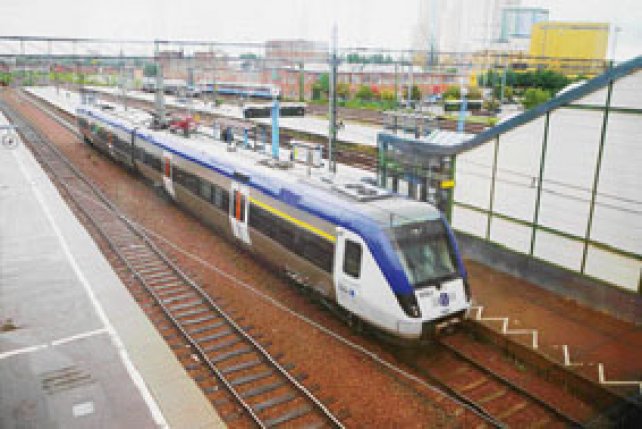
On 7 August 2008 Banverket, the Swedish railway administrator, together with Bombardier Transportation and other partners within the railway industry presented the results of their Gröna Taget (The Green Train) project. A demonstration run between Stockholm and Västeras was realised using Regina EMU 9062, and the opportunity was taken by Bombardier to announce details of the company’s ECO4 policy, described in the article which follows.
On 7 August 2008 the modified Regina EMU 9062 used by Bombardier for the Gröna Taget project made
a special run for the media over the 102 km route between Stockholm and Västeras, and is seen here at the latter station.
Photo: Jaromír Pernička
Talgo 250 - The Flexible High Speed Train
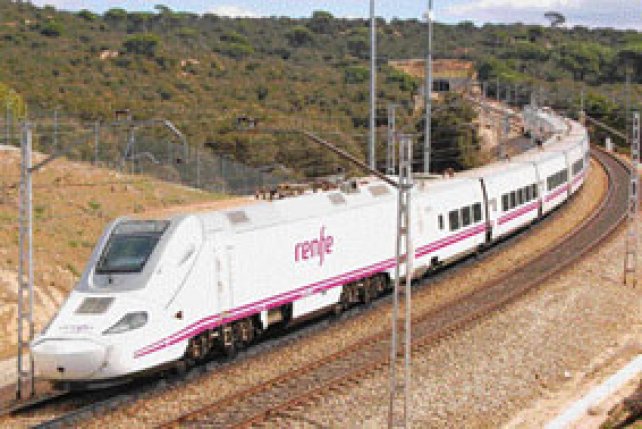
„Interoperability“ came about when the builders of rail-ways deviated from the approximation to 1,435 mm which the Romans used as a „gauge“ for the paved wheel-tracks for their chariots and wagons on the excellent road network the Empire boasted two millennia ago. In the nineteenth century choice of gauge depended on various criteria, national security and economics the most influential ones.
To the north of Madrid lies a vast, roadless parkland area, Monte de El Pardo, traversed by the line from Madrid-Chamartín to Las Matas, El Escorial, Avila and the north. Heading west from Somontes tunnel near Pitis on 24 March 2008 is the eighth Talgo 250 trainset to be completed.
Photo: Talgo
New DMUs for FSE of Bari
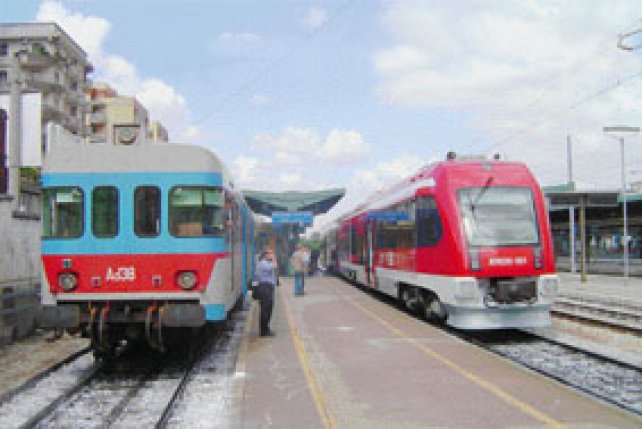
On 12 June 2006 Ferrovie del Sud Est (FSE) of Bari in southern Italy signed a 45 million EUR contract with PESA of Bydgoszcz for 13 three-car DMUs, with delivery to take place between the second half of 2007 and the summer of 2009. Later, on 26 February 2007, an option clause was taken up for another 10 trains, to be delivered from July 2009 onwards, construction thus following on directly from the end of the first batch.
Two highly contrasting generations and designs of FSE DMU meet at Bari Centro on 15 July 2008, the day of ATR220-001's presentation run.
Photo: PESA
TRAXX Locomotives on Pan-European Routes
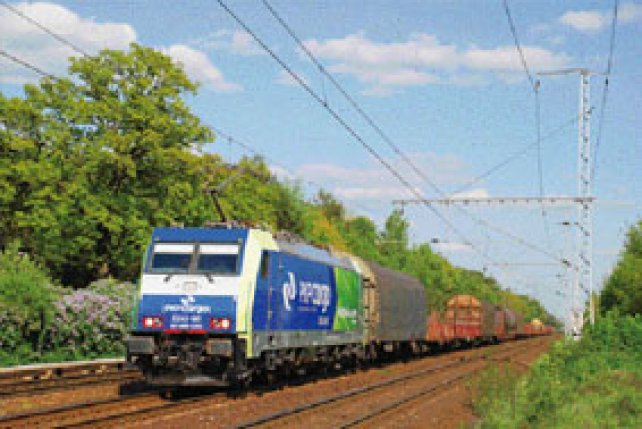
With the rapid growth of open access operations during the 1990s, it soon became evident that there would one day be a huge demand for locomotives capable of operating in several European countries, responding to different signalling and train control systems, conforming to various domestic design and safety criteria, and in the case of electrics, running off more than one power supply system.
PKP Cargo’s Class EU 43 TRAXX F140 MS locomotives, on lease from Angel Trains Cargo, are used on international freight services between Germany and Poland. EU43-001 is seen here at Berlin-Friedrichshagen on 8 May 2008, recently arrived from Poland.
Photo: Sebastian Schrader
LG's ER20 CF Co'Co' Eurorunners
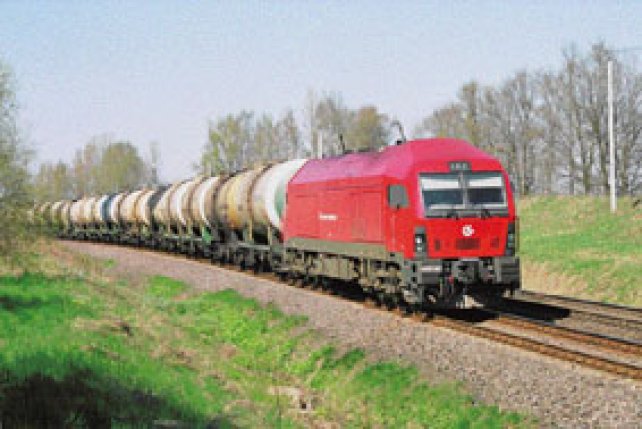
Lietuvos Geležinkeliai, the Lithuanian state operator, is embarking on a modernisation programme. One element of this is the acquisition of 34 type ER20 CF Eurorunners from Siemens, to help boost domestic and international freight traffic on the 1,520 mm gauge network. These locomotives, the first six-axle Eurorunners to be built, are notable for their operating efficiency, hauling capabilities, thrifty fuel consumption, and low noise and exhaust emission levels.
ER20 001 near Žeimiai on a freight to Klaipeda on 22 April 2008.
Photo: Jiří Škalda jr.
ŽOS Vrútky
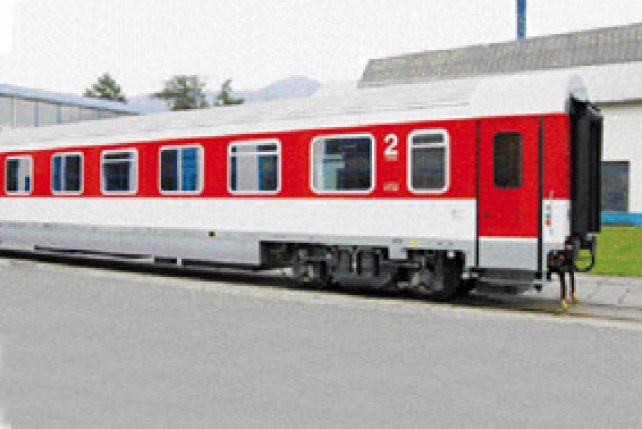
Ever since the earliest days of the works, ŽOS Vrútky has built new passenger rolling stock as well as carrying out refurbishments and modernisations. In 2000 the factory started assembling 15 Stadler-designed GTW 2/6 Class 425.95 EMUs for the TEŽ metre gauge network in the Vysoké Tatry; these were followed by six Class 840 GTW 2/6 DMUs for ZSSK in 2003. In 2006 came two significant orders for 760 mm gauge carriages and driving trailers for the Zillertalbahn and Pingzaubahn in Austria. Since 1996 the works has been refurbishing ZSSK passenger stock - and in 2006 came an order from the Slovakian state operator for 25 new inter-city vehicles, the subject of this feature.
Bmpeer 61 56 20-70 201-4 at ŽOS Vrútky on 26 September 2007.
Photo: ŽOS Vrútky
New DMUs For Corsica
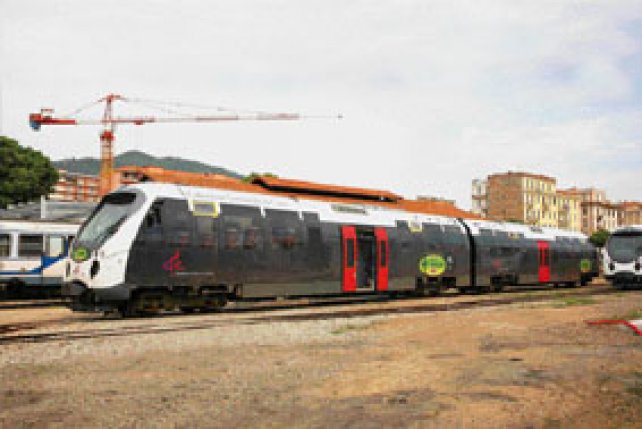
Under a massive investment programme whose roots date back to 2002, the Corsican metre gauge rail system is in the throes of rebuilding, and new DMUs are also arriving. This spectacular network's long term future is thus guaranteed - and patronage is steadily increasing. In this article we take a look at what is happening, and in particular at the Class AMG 800 DMUs.
AMG 801 is fitted with Prose testing equipment, and is seen here at Ajaccio station on 24 May 2008.
Photo: Armin Schmutz
And much more!
Cover of 4/2008
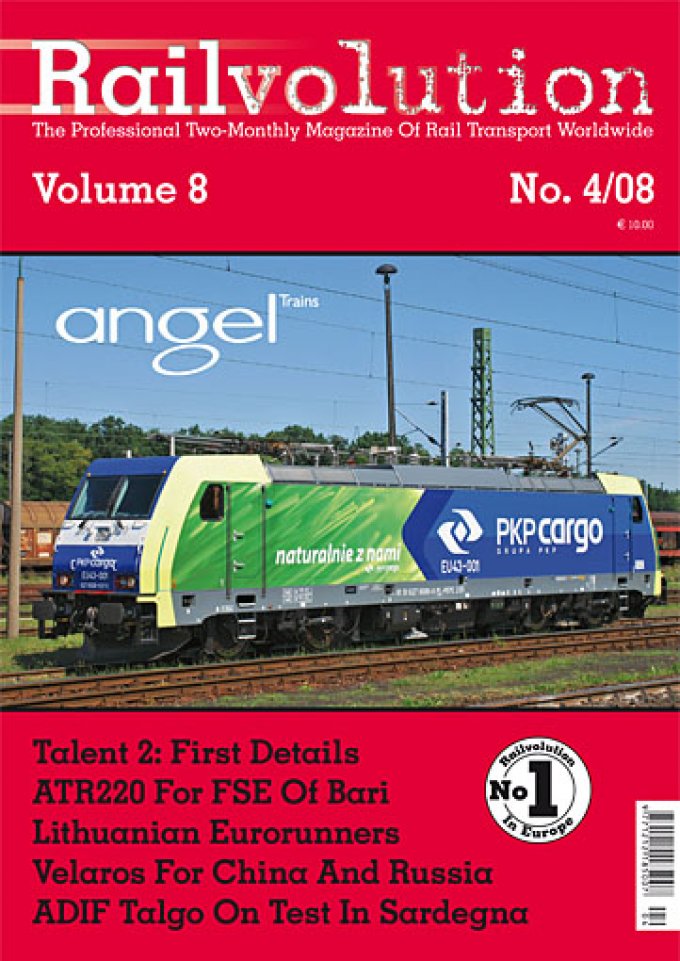
Poster
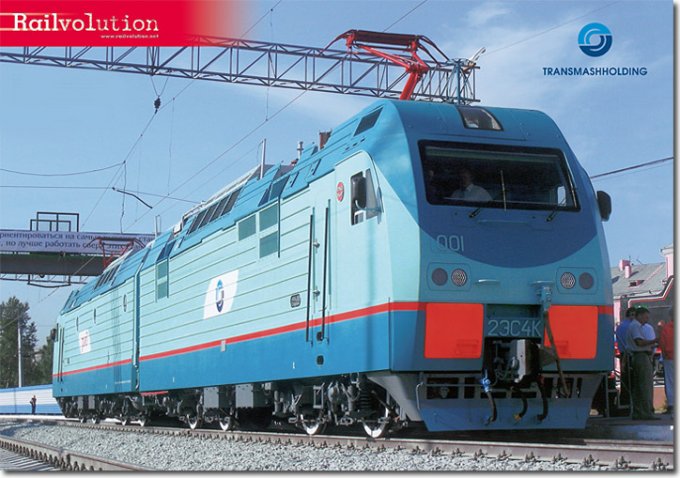
Features: the NEVZ prototype 2ES4K-001 seen on the 31st July during its presentation at Prokopyevsk, near Belovo
